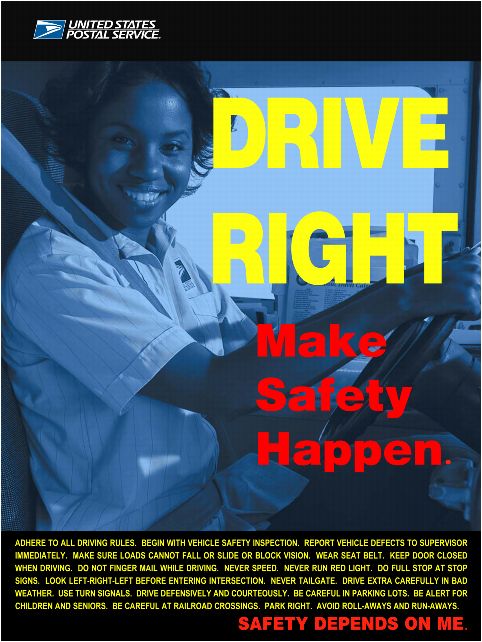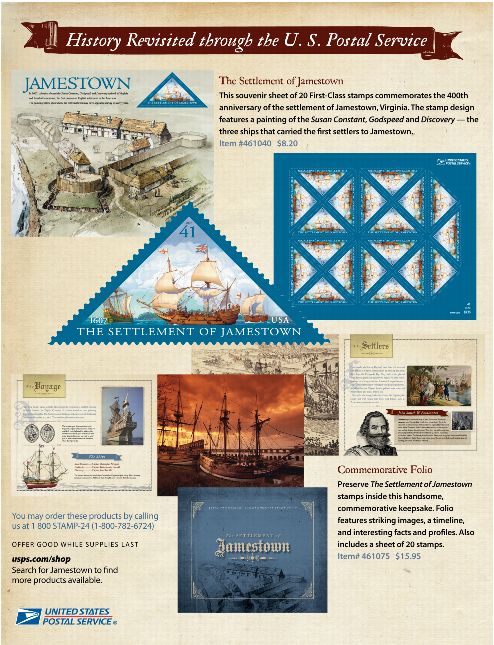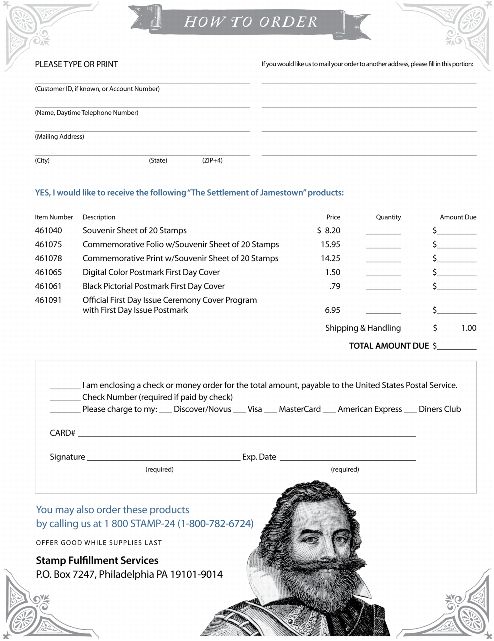The July 2007 edition of PS Form 3541, Postage Statement — Periodicals: One Issue or One Edition, consists of eight total pages. Depending on the mailing situation, not all pages may be needed for every mailing. Mailers need to complete and submit only the applicable sections and line items pertaining to their mailings. Mailers should review the new Periodicals postage statement prior to their first mailing after July 15, 2007. Post Offices™ should provide assistance to their mailers. A copy of PS Form 3541 begins on page 36 of this issue of the Postal Bulletin and is also available at www.usps.com/ratecase.
If the mailing includes an In-County portion, the mailer completes “Part A,” page 2. Remember, except for prices, there are no changes to In-County Periodicals mail. Line A1 is for destination delivery unit (DDU) pounds, and Line A2 is for other (non-DDU) pounds. The sum of all pound rates (Lines A1 and A2) is reported on Line A3. Total copies and addressed pieces are reported according to rate and presort level on Lines A4 through A15. The sum of all piece rates (Lines A4 through A15) is reported on Line A16. Line A17 is for DDU-eligible pieces. Ride-Along pieces and Repositionable Notes (RPNs), if any, are reported on Lines A20 and A21, respectively. Total In-County postage is reported on Line A23 and carried forward to the “Part A — In-County Rates” line on page 1.
In Part B, Lines B1 through B10 are for advertising pounds, and Lines B12 through B14 are for the new destination entry nonadvertising pounds. Line B15 is for all other nonadvertising pounds. The sum of advertising pounds (Line B11) and nonadvertising pounds (Line B16) is reported on Line B17 and carried forward to the “Part B — Outside County Pound Rates” line on page 1.
Outside-County total copies and addressed pieces are reported on page 4 in Part C. There are significant changes to piece rate eligibility and reporting. Barcoded (automation-rate) and nonbarcoded (nonautomation-rate) “machinable flats” are reported according to presort level on Lines C1 through C8. Machinable flats must meet the criteria for AFSM 100–compatibility in Mailing Standards of the United States Postal Service, Domestic Mail Manual (DMM®) 301.3.0. Barcoded flats bear a ZIP + 4® barcode, a delivery point barcode, or an Intelligent Mail® barcode (with a ZIP + 4 or delivery point routing code).
Barcoded and nonbarcoded “nonmachinable flats” and “parcels” are reported according to presort level on Lines C9 through C16. Nonmachinable flats must meet the criteria for UFSM 1000–compatibility in (revised) DMM 707.26.0. Barcoded flats must bear a ZIP + 4 barcode, a delivery point barcode, or an Intelligent Mail barcode (with a ZIP + 4 or delivery point routing code). Barcoded nonmachinable flats meeting the criteria in DMM 707.26.0 that are prepared in 5-digit bundles are eligible for the same $0.268, 5-digit barcoded rate for machinable flats, and as noted in the previous paragraph, they are reported on Line C7, not on Line C15. All other barcoded nonmachinable flats are reported on Lines C9, C11, and C13, as appropriate. Parcels are not eligible for barcoded rates, and they are reported according to presort level on the nonbarcoded Lines C10 through C16.
Barcoded and nonbarcoded letters are reported according to presort level on Lines C17 through C24. Barcoded letters must meet the criteria in DMM 201.3.0. Barcoded letters must bear a delivery point barcode or an Intelligent Mail barcode (with a delivery point routing code). Nonbarcoded letters must also meet the physical characteristics for letters in DMM 201. Pieces that do not meet letter-size standards are reported as “machinable nonbarcoded flats” using Lines C2 through C8.
All carrier route eligible pieces (letters and flats) are reported according to carrier route level using lines C25 through C27. All “firm” bundles, regardless of container level, are reported on Line C28. All Outside-County firm bundles have their own distinct piece rate, and they no longer contribute towards minimum presort eligibility for other corresponding presort level pieces.
The sum of all piece rates (Lines C1 through C28) is reported on Line C29. The nonadvertising adjustment ($0.00091) is claimed on Line C30, and the resulting piece rate total is reported on Line 31 and carried forward to “Part C — Outside County Piece Rates” line on page 1.
The new Outside-County bundle rates are reported according to presort level and container level on page 5, in Part D using Lines D1 through D17. The type of container has no bearing on the bundle rate. Data on bundle rate charges must come from the “bundle report” portion of the mailer’s presort documentation. Any carrier route and 5-digit/scheme bundles containing In-County pieces are not subject to bundle rates. Letters prepared in full letter trays (minimum 85 percent full, with no bundling), as well as AFSM 100–compatible flats prepared (stacked) in ADC, origin mixed ADC, and mixed ADC trays, are not subject to bundles rates (only the appropriate container rates). Also, carrier route bundles properly prepared and entered at a DDU under the “exception to sacking” rule in DMM 707.23.4.2 pay the 5-digit carrier route bundle rate (Line D16) and are not subject to a container rate. The total of all bundle rates is reported on Line D18 and carried forward to “Part D — Outside County Bundle Rates” line on page 1.
The new Outside-County container rates are reported starting on page 6, Part E. Sacks and trays are reported using Lines E1 through E24, as appropriate, and pallets are reported on page 7 using Lines E26 through E46, as appropriate. Data on container rate charges must come from the “container report” portion of the mailer’s presort documentation. Any carrier route, 5-digit carrier routes, or 5-digit/scheme sacks, trays, or pallets containing In-County pieces are not subject to container rates. Container rates for sacks, trays, or other equivalent USPS®-approved containers are the same based on the level of sortation and where the container is entered. If sacks or trays are placed on pallets, the container rates are based on each sack or tray only, not the pallet. Sacks and trays entered at origin (not at a destination entry facility) pay the same origin container rate based on the container level, but they should be reported using the appropriate origin facility line. The sum of Lines E1 through E24 is reported on Line E25. If the mailing does not include a palletized portion (e.g., bundles placed directly on pallets), the total on Line E25 is carried forward to “Part E — Outside County Sack/Tray/Pallet Rates” line on page 1.
If the mailing (or any portion) is prepared directly on pallets, the container rates for pallets are reported using Lines E26 through E46 on page 7. Container rates for pallets or other equivalent USPS-approved containers are based on the level of sortation of the pallet and where the pallet is entered. Pallets entered at origin (not at a destination entry facility) pay the same origin container rate based on the pallet level, but they should be reported using the appropriate origin facility line. The sum of Lines E26 through E46 is reported on Line E47. The sum of Line E47 and Line E25, if applicable, is carried forward to the “Part E — Outside County Sack/Tray/Pallet Rates” line on page 1.
Outside-County Ride-Along pieces and RPNs, if any, are reported on Lines F1 and F2, respectively. The sum of lines F1 and F2 is reported on Line F3 and carried forward to the “Part F — Outside County Ride-Along and Repositionable Notes” line on page 1.
Authorized Nonprofit and Classroom publications claim their 5-percent discount off the total Outside-County postage (excluding postage for advertising pounds, Ride-Along pieces, and RPNs) on page 1 immediately below Part E postage. Add the totals from Line B16 (page 3) and Parts C, D, and E (page 1). Multiply the sum by 0.05 and enter the result in the minus (–) column. Total Outside-County Periodicals postage is reported on the “Total Postage” line, page 1. Finally, mailers complete the “mailer” and “mailing” sections.
— Pricing Implementation,
Pricing and Classification, 6-21-07




